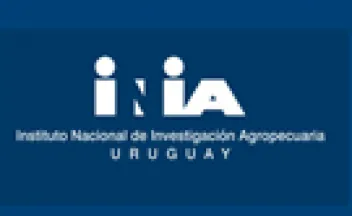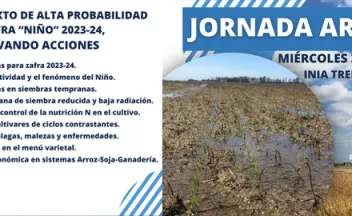Instituto Nacional de Investigación Agropecuaria
Beef cattle grazing native grasslands may follow three different supplement response patterns.

ABSTRACT.- Previous studies on winter supplementation of growing cattle grazing stockpiled native Campos grasslands suggest that forage allowance (FA), herbage mass, and weather conditions before and during the supplementation period could all affect supplement feed efficiency (SFE)-that is, the difference or change in average daily gain (ADG) between supplemented (S) and control (C) animals (ADGchng, kg) per unit (kg) of supplement dry matter (DM) intake. In this study, we analyse data from fifteen collated winter supplementation trials carried out in Uruguay between 2004 and 2018.


Principales aspectos de la ecología y manejo de cardilla en pastizales.

La cardilla es una especie nativa muy relevante para los sistemas ganaderos extensivos. Con frecuencia se la cataloga de maleza, ya que reduce el área efectiva de pastoreo, pero también cumple roles ecosistémicos importantes. En este artículo se presentan aspectos básicos de su biología y ecología, pautas para el uso de herramientas de control y consideraciones para su manejo integrado.
Paginación
- Página anterior
- Página 23
- Siguiente página
